Sony a7R IV: First Impressions and Real-World Photos
![]()
A few weeks ago, Sony asked me if I wanted to do a quick test run with the (at that time) unannounced Sony a7R IV. I was pleasantly surprised as I (and I am sure many others) expected the a7S III to come out first. I agreed and was excited to be one of the first in the world to test the new camera.
I was only able to test the camera for about 2.5 days, so I can’t go too in-depth. This article is about my first impressions.
Note: I was only able to shoot in JPEG with the camera. There is currently no software to process the RAW files. So all of the images you see in this article are shot in JPEG and some are slightly edited (contrast adjustment, slight color adjustments), cropped and/or straightened.
First things first: this camera is from the R series, with R meaning resolution. Without a doubt, the new R IV is the next step in resolution: it comes with a 61-megapixel sensor that is the highest megapixels for full-frame on the market. It’s about 50% more megapixels than the a7R III which is a huge increase.
I’m sure all the trolls will start screaming, “who needs 61 megapixels anyway!?” But in these times, a lot of people, including me, really benefit from a higher resolution. I often sell licenses of images for billboards, and the higher the megapixel count really helps with the quality. Higher megapixels also means you can crop an image much more and still get great quality.

The second big change is that Sony tweaked the body yet again. Sony listened to the ‘complaints’ online and made a body that is a bit similar to the R III, but changed some buttons and added more protection, and the whole thing just feels better.

Sony also changed the battery compartment door. They had probably seen the ‘water torture test‘ where the Sony showed weakness at the bottom of the camera, mainly at the battery compartment closure. So, this has been fixed! I didn’t torture the camera with water myself to try it out though (although I did use it for some seascapes), but it looks a lot better than the R III.

The grip has also improved. It’s just a tiny bit bigger and feels better in my hand. This was important for a lot of people and Sony really listened to ‘the Internet’ and made a lot of nice changed to the body. However, the whole look of the camera is not too much different.

Inside, the whole a7R IV is basically an upgraded a7R III (which was already an amazing camera). It has more megapixels, better and faster autofocus, and it’s about the same speed (data saving etc, but you do need a fast card) as the a7R III which is quite incredible considering the large files. Let’s take a look at the specs:

And if you didn’t read it properly: Yes, the EVF also got a nice resolution increase.
When we go into the menu we see mostly the same. Apart from some new and improved functions, the menu feels like home for people who are familiar with the Sony cameras. Sony did improve the setup of the custom buttons. You now see pictures of where the buttons are located.

An interesting function is the new Pixel Shift function which now has a 16-shot function. This can be used to create a file with a huge resolution of 240 megapixels, mainly for still objects. I didn’t get to try this function yet as I have no software to combine the 16 files it creates. I also can’t really comment that much about the dynamic range and the higher ISO performance as I can’t check my RAW files yet.

Regarding the autofocus: it now has 567 AF points on the sensor. What’s very cool about this is that you use AFC-Crop mode, which still gives you a 26-megapixel image, you get full AF coverage over the sensor. This should be amazing for shooting things like birds.
During the short time I had the camera, I took it out to shoot a number of subjects in the Netherlands. I shot some seascapes, cityscapes, nature, macro, architecture, etc. I basically felt right at home as it was just like my main workhorse the a7R III, but better. I only used G-Master lenses: the 16-35mm GM, 24mm GM, and 100-400mm GM. When I look at the files they look sharp and crisp at 100% crop at 61 megapixels, just like you would expect. It’s obvious that these lenses were designed for the higher megapixel count.
Some examples:
The weekend I had the camera the weather wasn’t ‘great’. Perfect weather for the beach with some dramatic clouds.



Of course I couldn’t resist photographing some windmills with the new toy:





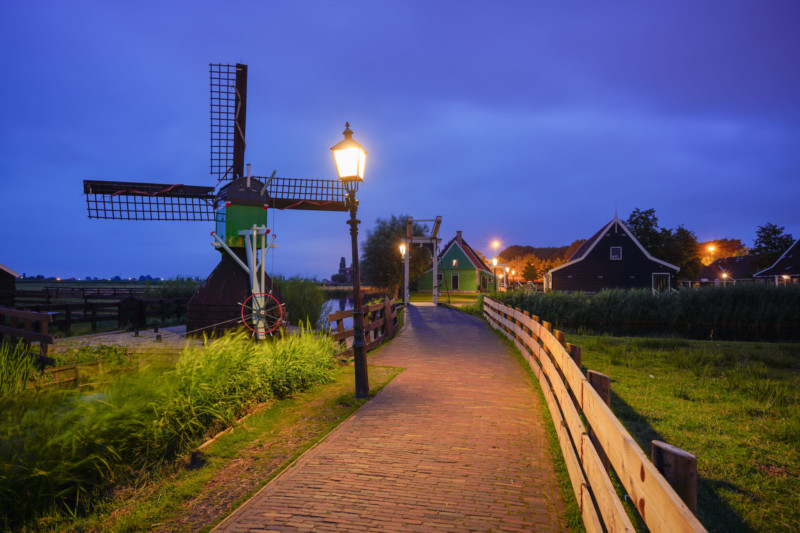


I visited the south of the country for some more seascapes, windmills, and nature. Note that I just returned from Chile the previous day where I photographed some amazing landscapes. But being back home and shooting the Dutch landscapes never gets boring!






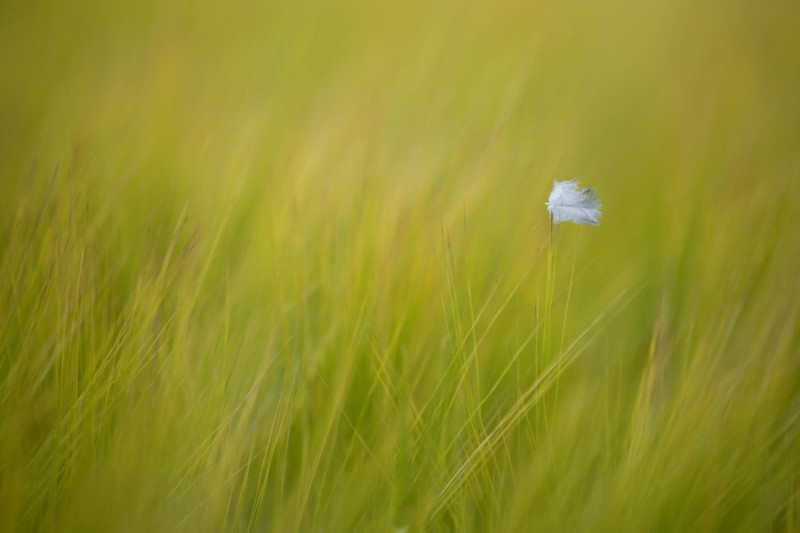

The literal translation of the Zeeland Provence is ‘sealand’ so I obviously had to shoot some seascapes there, even though the weather wasn’t the best. But shooting in dramatic weather can be great fun and challenging. The waves were also quite nice.
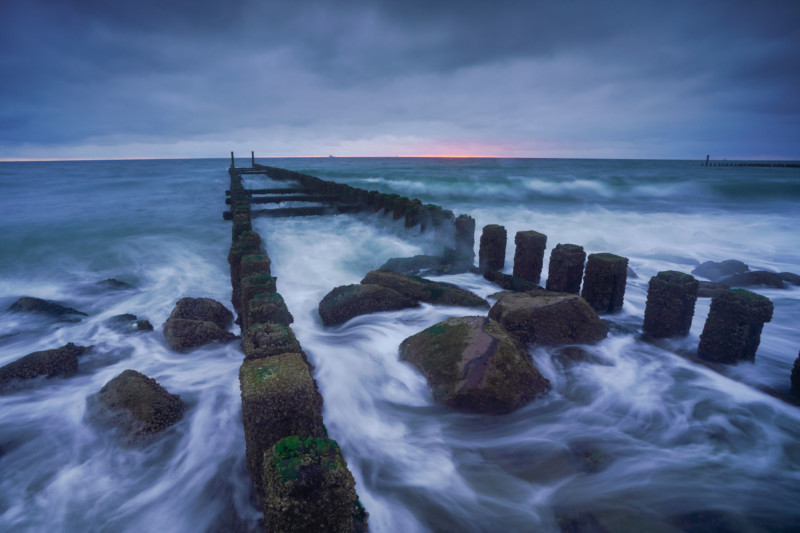
To get some nice variety of shots I took the camera into my hometown Amsterdam to do some cityscapes.
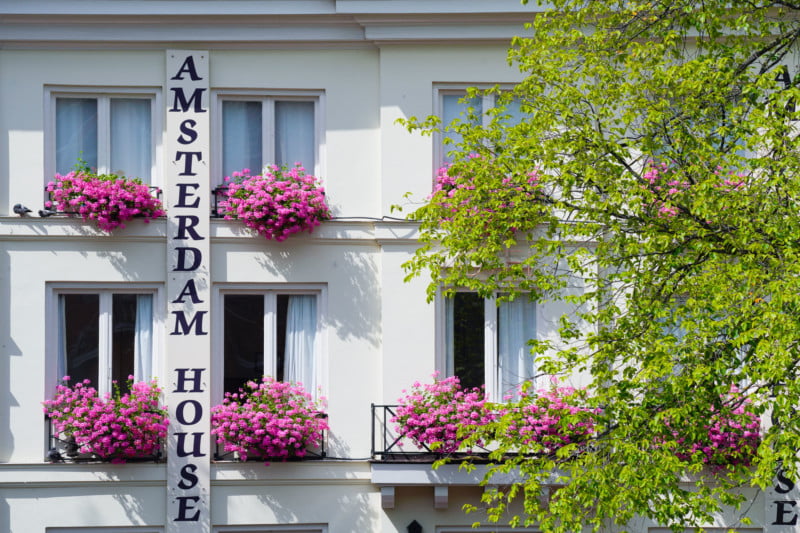


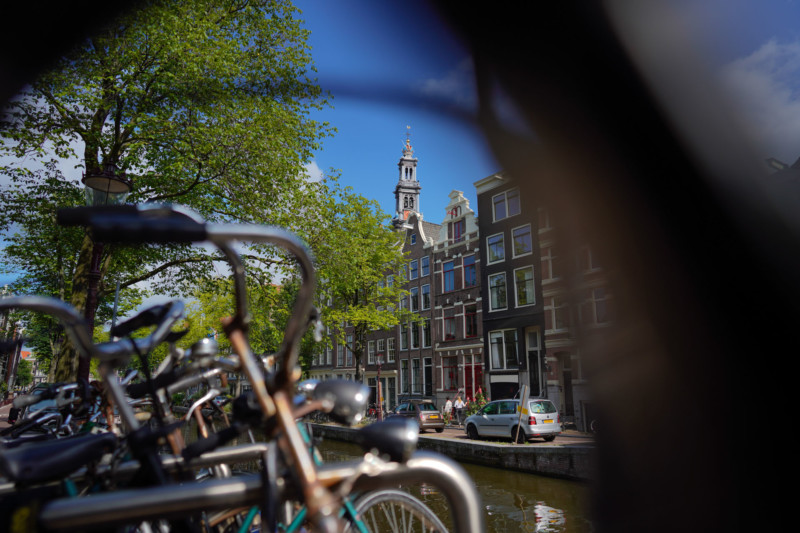






As can be seen in all of the above images, this camera is all about detail. It’s (a little bit) bigger, stronger and simply better than the a7R III.
To sum things up:
- This camera is about detail and does that very well with the new 61-megapixel sensor
- Newly designed body, better grip and more protection
- Better and faster autofocus than the a7R III. More (567) AF points
- 26 megapixels in AFC-crop mode with full autofocus coverage on the sensor
- Higher resolution EVF, 5.76 million dots
- A bunch of new menu changes to make the menu better
- New pixel shift function with 16 images for huge 240 mp resolution files
- Price is $3,500, to be released in September
- ‘Older’ Sony cameras like the a7R III might get interesting price drop
It’s too bad I had to return the camera. After having used it for only 2.5 days, I am already getting used to the resolution and I simply can’t wait to upgrade my current a7R III to the a7R IV!
About the author: Albert Dros is an award-winning Dutch photographer. The opinions expressed in this article are solely those of the author. His work has been published by some of the world’s biggest media channels, including TIME, The Huffington Post, The Daily Mail, and National Geographic. You can find more of his work on his website, or by following him on Facebook and Instagram.